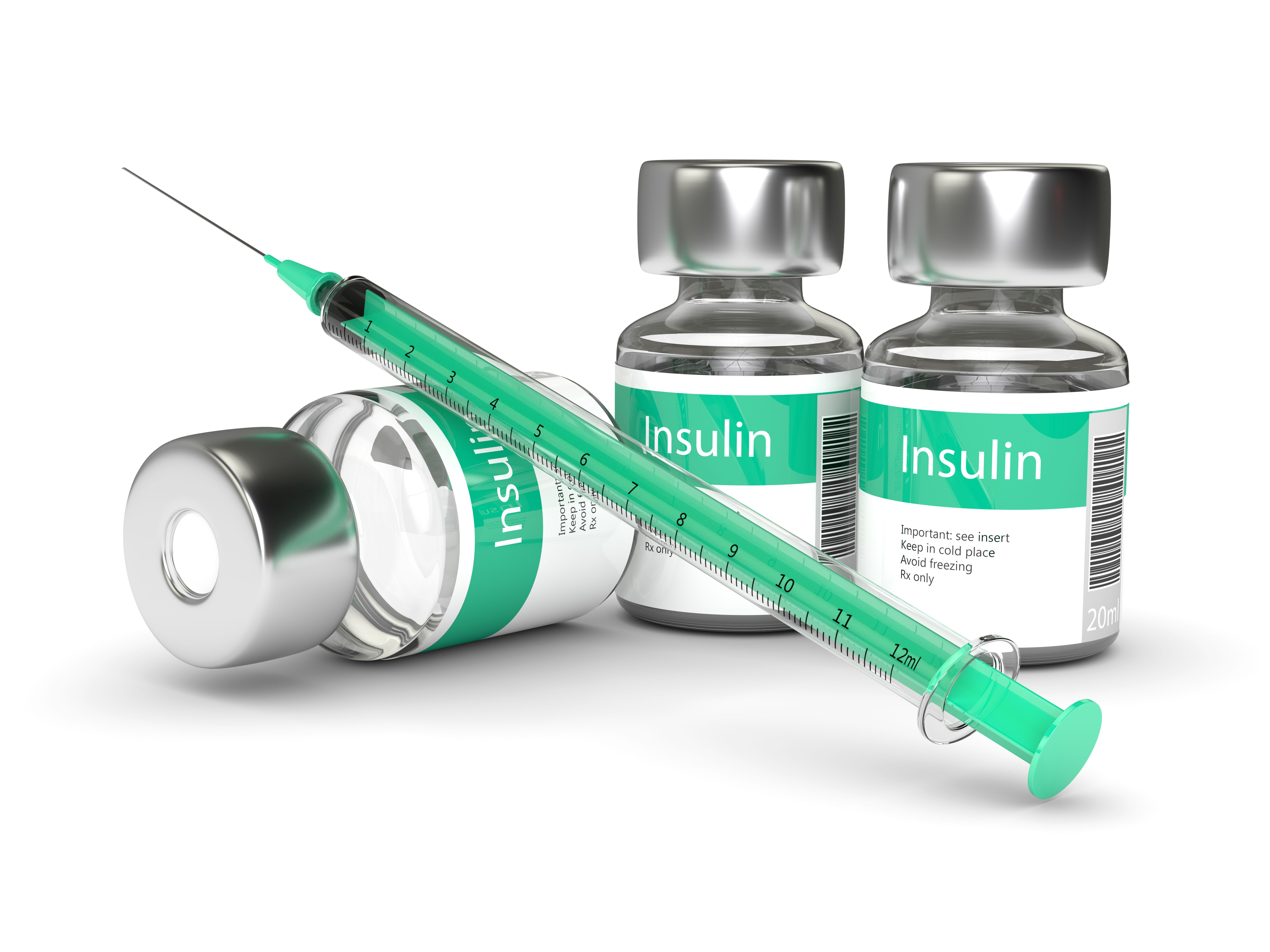Supercritical Fluid Chromatography Approach Used to Test Insulin Analogs and Separations
Scientists from Germany are studying supercritical fluid chromatography (SFC) as a method to analyze the purity of therapeutic peptides (1).
3d rendering of insulin vials and syringe isolated over white | Image Credit: © Aleksandra Gigowska - stock.adobe.com

Therapeutic peptides and proteins like biosimilars and different types of insulin, such as insulin aspart (ASP), insulin glargine (GLA), and insulin lispro (LIS), are becoming more widely used in the pharmaceutical industry. There are several different guidelines scientists must follow when analyzing the impurity profiles of biosimilars. While techniques like reverse-phase liquid chromatography (RP-LC), size-exclusion chromatography (SEC), and ion-exchange chromatography (IEX) are typically used to analyze peptides and proteins, comprehensive evaluation of these impurities can be challenging due to high chemical similarities between the main compounds and their impurities.
One approach gaining traction for its potential in peptide separation is supercritical fluid chromatography (SFC). By using this technique, the researchers analyzed a range of capably analytes at a broad polarity. This allows for monomeric amino acids (AAs) and small peptides up to proteins to be eluted, which helped the researchers better understand the impurity profiles of pharmaceuticals in different phases.
In this research, which was published in the Journal of Separation Science, the scientists used human insulin (HUM) and its analogs to separate the insulins from byproducts and impurities, to investigate the potential of SFC. The team referred to a previous method development protocol meant for peptides up to 2000 Da and applied it to insulins with higher molecular weights, with this process being supported by a Design of Experiments (DoE) approach.
Using DoE principles, the scientists applied their approach to HUM and six analogs with molecular weights up to 6 kDa. They concluded that “SFC provided sufficient resolution to be applicable as a potential alternative or complementary method for the determination of impurities at this mass range” (1). Additionally, combining ACN and MeOH, as well as MSA and 18C6, proved beneficial for the process, the former mixture for separating peptides in SFC and the latter for controlling the elution order of different insulins. While the separation of the main peak and impurities was not increased from a purity testing perspective, 18C6, when added to a neutral column chemistry, achieved higher retention, which could benefit smaller peptides that typically exhibit less retention.
Reference
(1) Neumann, J.; Schmidtsdorff, S.; Schmidt, A. H.; Parr, M. K. Controlling the elution order of insulin and its analogs in sub-/supercritical fluid chromatography using methanesulfonic acid and 18-crown-6 as mobile phase additives. J. Sep. Sci. 2023, 2300520. DOI: 10.1002/jssc.202300520
USP CEO Discusses Quality and Partnership in Pharma
December 11th 2024Ronald Piervincenzi, chief executive officer of the United States Pharmacoepia, focused on how collaboration and component quality can improve worldwide pharmaceutical production standards during a lecture at the Eastern Analytical Symposium (EAS) last month.
Overcoming Common Challenges to Determine Residual Impurities Using IC in APIs with Limited Water
December 10th 2024Organic solvents are generally not compatible with ion chromatography (IC) systems. The approach presented here assists the use of organic solvents for sample preparation and provides a mechanism for the removal of the organic solvents from the chromatographic flow path.